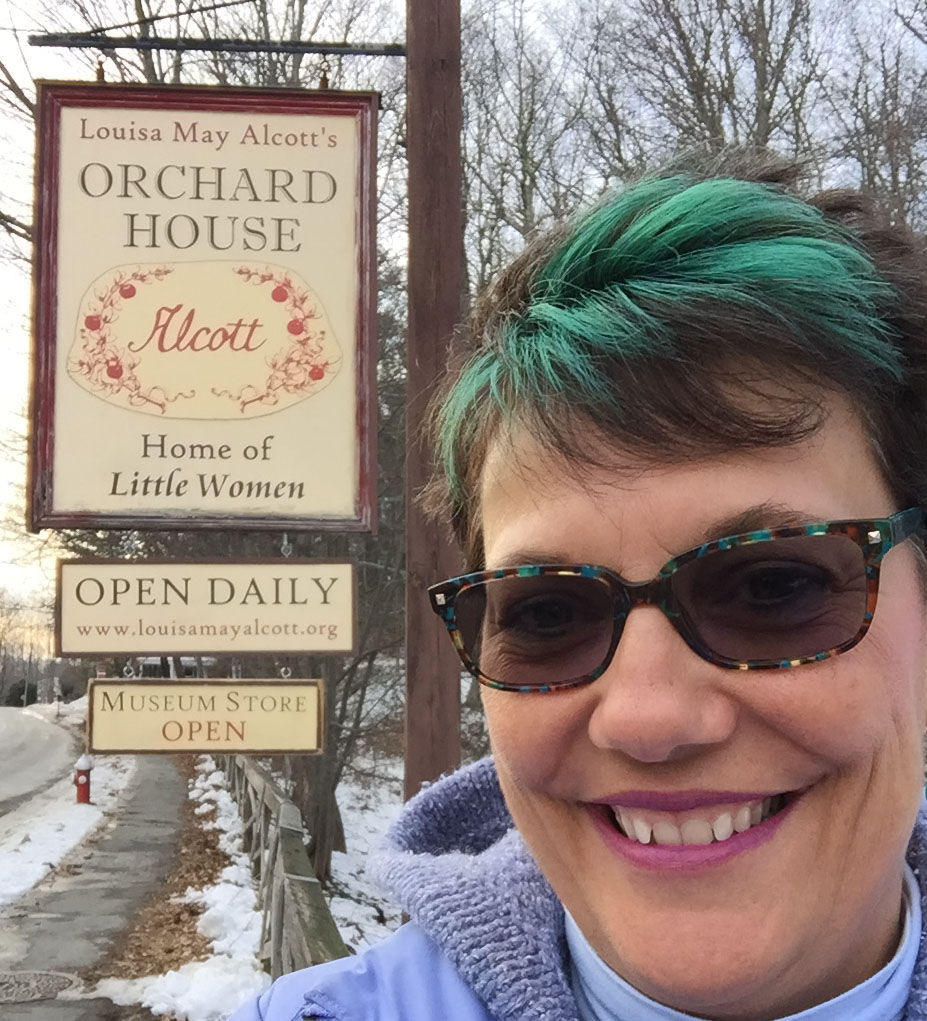In the Love of Freedom
- TYB
- Jan 24, 2018
- 4 min read

This past weekend provided an opportunity to return to a site that every kid in Massachusetts (including me), had to visit in elementary school: Concord, MA of "shot heard round the
world" fame. But this trip to Concord had lots of advantages over that last one. First of all, there was no test on the material covered. Second, I got to drive there my own self. Third, I could listen to music I liked as loud as I wanted, and I didn't have to share my seat with anyone. Last, I learned some things I never knew before, and that always makes me a happy camper, even when I'm "camping" at Concord's Colonial Inn and not a park.
Let's say it's been a few--ahem--years since I was a school kid, but I surprisingly still recalled some of the historical sights. For instance, I remembered that a monument of a Minuteman stands at one end of the North Bridge, which itself is out in the middle of a floodplain.
The Minuteman at the end of the North Bridge (L); Bridge on the plain (R)

What I didn't recall was the monument at the other end of the bridge, the inscription on which reads in part, "...on this spot the first of the Enemy fell in the War of that Revolution which gave Independence to these United States. In gratitude to GOD and in the love of Freedom this monument was erected." Visualizing how the Minutemen fought the British soldiers, in row after row of formation across that landscape stunned me. How desperately those soldiers must have longed for freedom to fight in that manner.
The town of Concord abounds with historical markers. In fact, even Main Streets Café, our favorite breakfast nook boasts a significant history. The site was used for ammunition storage during the Revolution, as a grist mill (the old millstones are in the foundation of the current building), a hat factory, and a tannery, among other things. Finally, in the early twentieth
century, a Norwegian immigrant named Lars Anderson bought the building and it became a grocery store. That building, now the café, is still owned and managed by the Anderson family. Janice Anderson, shown here, explained a good deal of the history, including fond memories of her
naturalist grandmother Esther Wheeler, who on horseback and on foot marked the plants along all of Thoreau's trails in Concord, and most of the ones on Cape Cod and in Maine. We learned more about Thoreau when we went to the house where Louisa May Alcott wrote Little Women.


The weather was practically balmy compared to the sub-zero temperatures we've been experiencing, so I took advantage of the sunny conditions, and walked over to Louisa May Alcott's Orchard House from the inn, while Bruce drove there with his sister. I received a pleasant surprise that my new hair highlights matched Orchard House's front door!
Our trio arrived just in time for the guided tour. The guide's extensive knowledge about the Alcotts and their contemporaries impressed all of us. I hadn't known, for example, that Louisa May decided at an early age that she would be responsible for taking care of her family. Her father, Amos Bronson Alcott was an Abolitionist, philosopher and educator who disdained money, and her mother Abigail was an unselfish and charitable social worker, so finances were pretty tight. The house includes a framed picture of Abolitionist John Brown, with a note of profound appreciation from Brown for all that the Alcott family did for him. As a committed educator, Amos Alcott believed everyone should be allowed to learn, regardless of skin color. Unfortunately, the powers that be disagreed with that position and closed down his school when they discovered he had enrolled a child of color. I wonder what they'd say about teal-colored hair.

Orchard House served as a gathering place for other philosophers, educators, and writers of the time, including Ralph Waldo Emerson and Henry David Thoreau. Guests reportedly enjoyed the visits due to the extraordinary intellect of the entire Alcott family. The Alcott sisters often depicted historical events through theatrical performances in the family parlor, donning their own intricately hand-sewn costumes, some of which we saw on display. That handiwork actually played a role in Louisa May Alcott's collision against a nineteenth-century version of the Glass Ceiling. Apparently, when she submitted some of her writings to a publisher, she received a response directing her to focus on her needlework instead of her writing. Fortunately, her glass-breaking strength was as strong as her intellect, and millions of people have been able to read her stories.
As our guided tour came to a close, Louisa May's incident with the editor and the circumstances surrounding the closure of Amos Bronson's school led our group to enter into a larger discussion about society in general, social change, and the current state of affairs. I guess the lively, intelligent discussions continue to this very year in Orchard House, all in the love of freedom.



















Comments